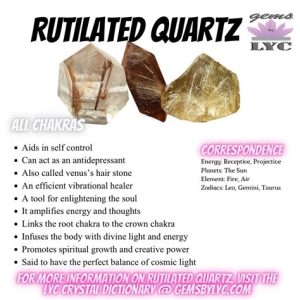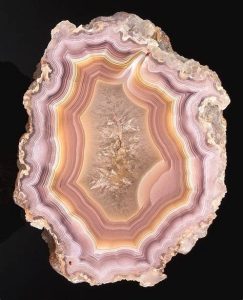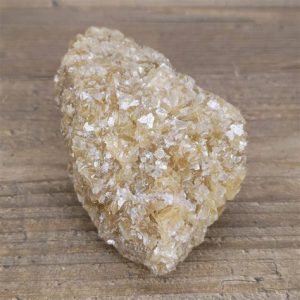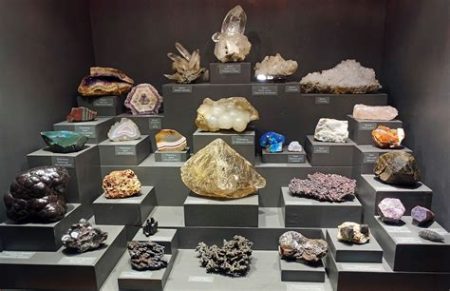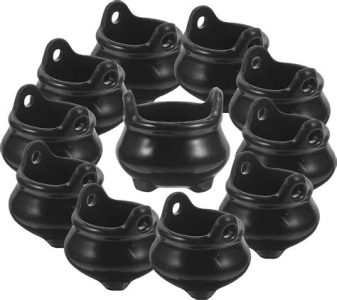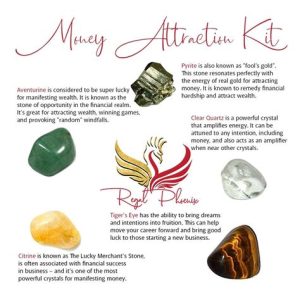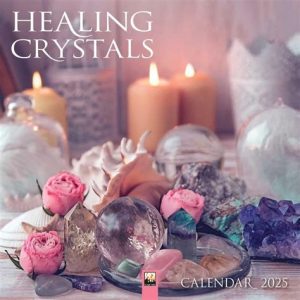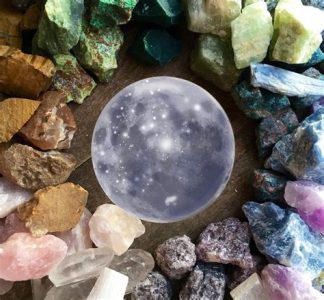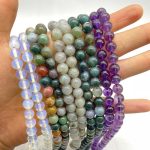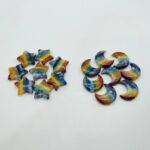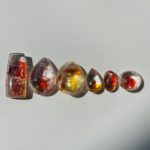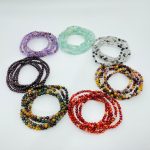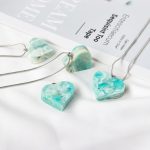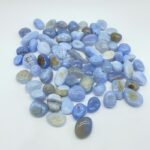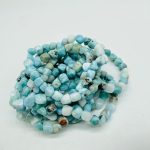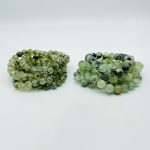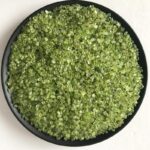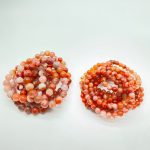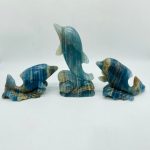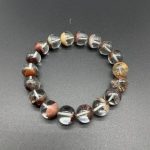Iron pyrite, often known as “fool’s gold,” is a prevalent mineral with a metallic luster and a golden color. Despite its resemblance to gold, iron pyrite is actually a sulfide mineral composed of iron and sulfur. As a result, its worth is substantially lower than real gold.

Factors Determining Iron Pyrite’s Value
The value of iron pyrite is influenced by several factors, including:
Size and Weight: Larger and heavier specimens are generally more valuable due to their increased rarity.
Shape and Crystal Structure: Well-formed crystals with distinct geometric shapes are more aesthetically pleasing and thus command higher prices.
Purity: Iron pyrite that is free from impurities and inclusions is more valuable than specimens with visible imperfections.
Color and Luster: Iron pyrite with a bright, golden luster is more desirable than dull or tarnished specimens.
Market Value
According to the United States Geological Survey (USGS), the average market value of iron pyrite is around $0.05 per pound for raw specimens. However, polished or faceted specimens can fetch higher prices, depending on their size, quality, and aesthetic appeal.
Table 1: Estimated Market Value of Iron Pyrite
| Specimen Type | Estimated Value Range |
|---|---|
| Raw, Unpolished | $0.05 per pound |
| Polished, Small (1-2 inches) | $10-$20 per specimen |
| Polished, Medium (2-4 inches) | $20-$40 per specimen |
| Polished, Large (4+ inches) | $40-$100 per specimen |
Potential Applications
Traditionally, iron pyrite was primarily used as an iron ore. However, its lustrous appearance and unique properties have led to its exploration in various applications, including:
- Jewelry: Iron pyrite is sometimes used in costume jewelry due to its resemblance to gold.
- Crystals: Iron pyrite is popular among crystal healers and collectors for its purported metaphysical properties.
- Textiles: Iron pyrite can be ground into a powder and used as a pigment in textiles.
- Decorative Objects: Polished iron pyrite specimens are often used as decorative ornaments or cabinet pieces.
- Educational Aids: Iron pyrite is a valuable teaching tool for students learning about minerals and geology.
Comparison with Gold
While iron pyrite is commonly referred to as “fool’s gold,” it is important to note that its value is significantly lower than actual gold. Here is a comparison:
Table 2: Comparison of Iron Pyrite and Gold
| Property | Iron Pyrite | Gold |
|---|---|---|
| Chemical Composition | Iron sulfide (FeS₂) | Gold (Au) |
| Color | Golden | Varies from yellow to red |
| Luster | Metallic | Metallic |
| Hardness | 6-6.5 on the Mohs scale | 2.5-3 on the Mohs scale |
| Value | $0.05 per pound | $1,800 per troy ounce (as of January 2023) |
Pain Points and Motivations of Customers
- Concern about authenticity: Customers may be hesitant to purchase iron pyrite due to its resemblance to gold.
- Limited availability: Larger and high-quality iron pyrite specimens can be difficult to find.
-
Lack of demand: Iron pyrite’s applications are relatively niche, which can lead to limited demand.
-
Desire for unique and affordable jewelry: Some customers may be attracted to iron pyrite’s golden appearance as an alternative to gold.
- Interest in crystals and metaphysics: Collectors and crystal healers may value iron pyrite for its purported metaphysical properties.
- Educational curiosity: Students and educators may seek iron pyrite specimens for educational purposes.
Pros and Cons of Iron Pyrite
Pros:
- Visually appealing with a golden luster
- Relatively affordable compared to gold
- Can be used in jewelry, crystals, and decorative objects
- Valuable educational aid for geology students
Cons:
- Lower value than gold
- Susceptible to tarnishing and oxidation
- Limited applications
- Can be mistaken for genuine gold, leading to disappointment
Conclusion
Iron pyrite is an intriguing mineral with a value that varies depending on its size, quality, and intended application. While its resemblance to gold has led to its nickname “fool’s gold,” iron pyrite has its own unique qualities and applications that make it valuable to certain consumers. By understanding the factors that influence its value, potential buyers can make informed decisions about purchasing iron pyrite for jewelry, crystals, decorative purposes, or educational use.
Additional Questions for Customer Engagement
- What qualities are most important to you when considering purchasing iron pyrite?
- How do you plan to use or display your iron pyrite specimen?
- Are you concerned about the potential for mistaking iron pyrite for gold?
- What creative applications have you discovered for iron pyrite?

